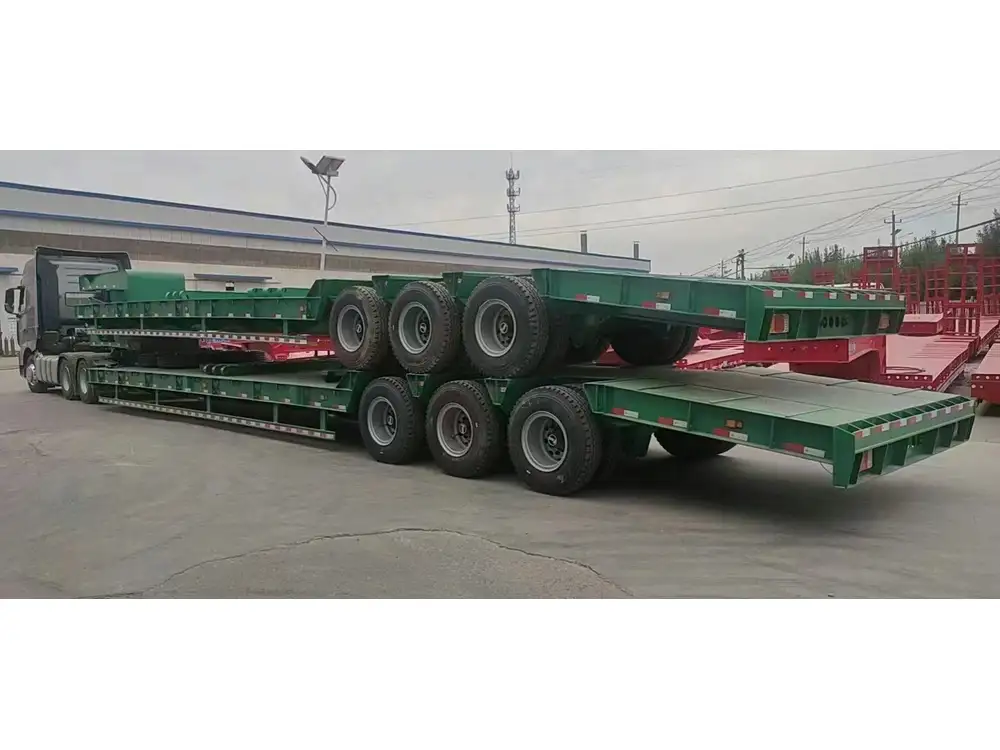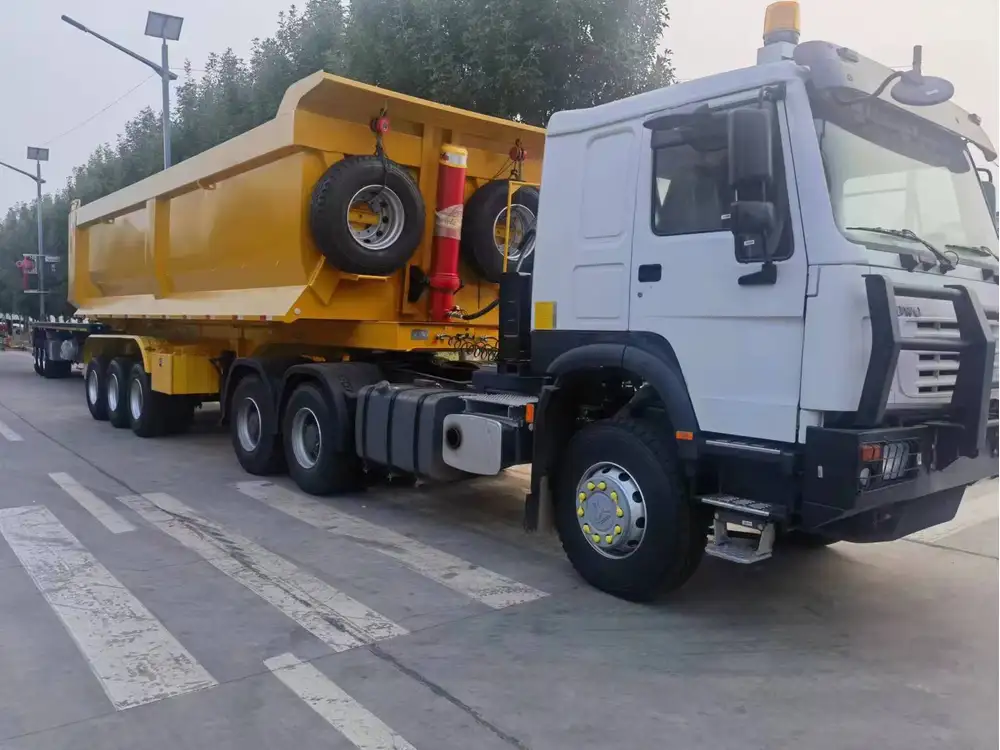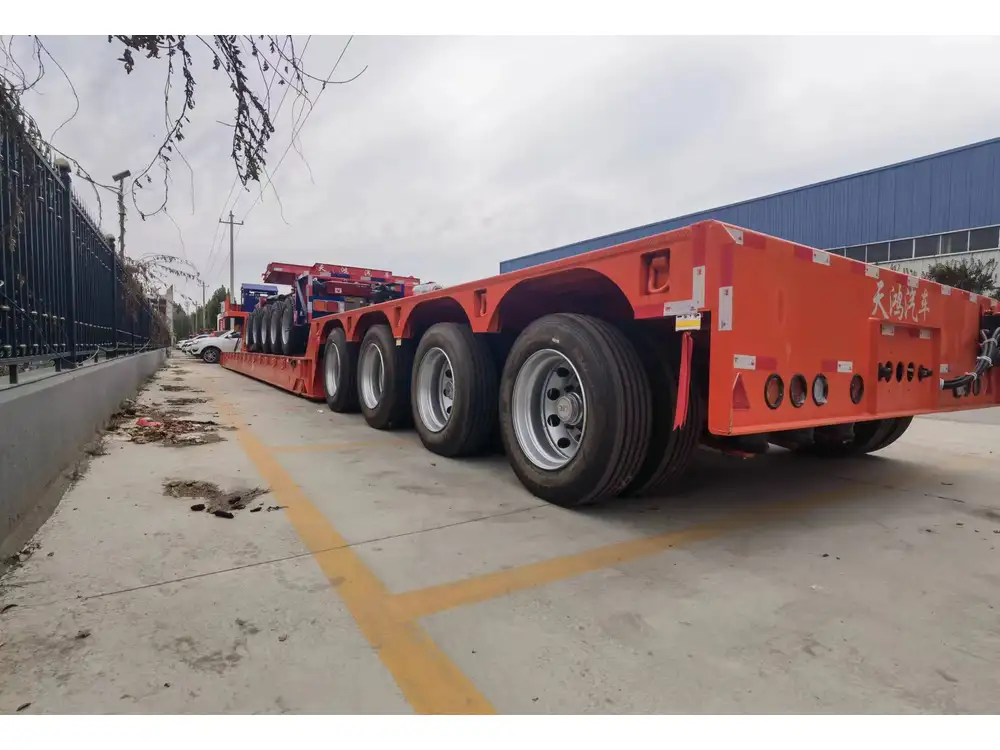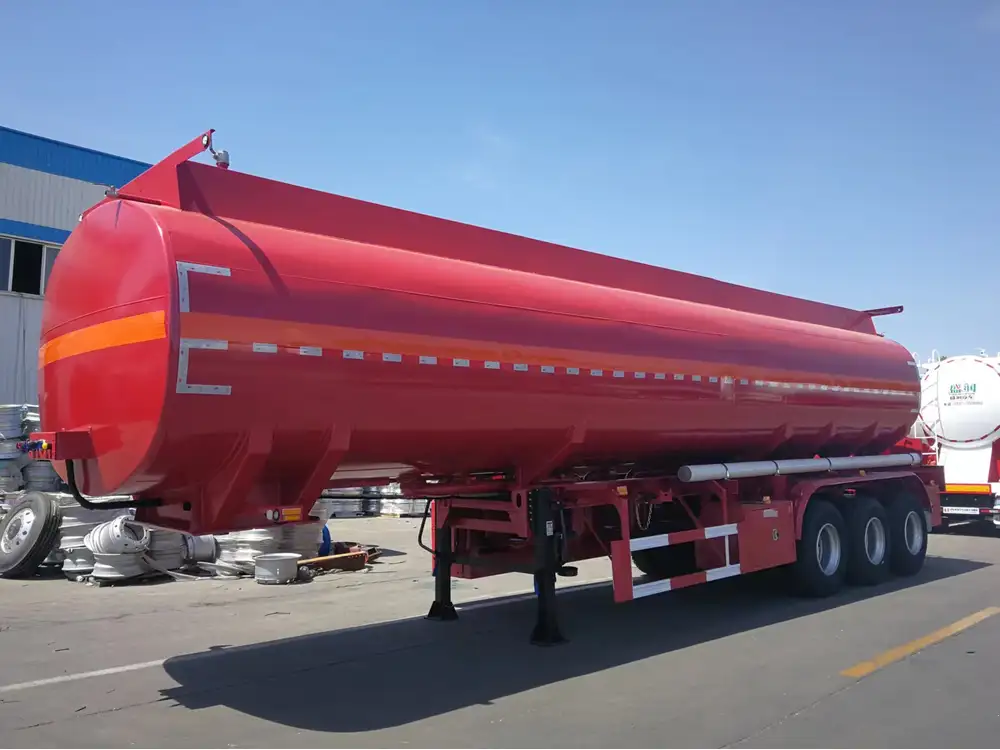Understanding the Importance of Tarps for Dump Trailers
Dump trailers represent a pinnacle of versatility in the transportation of materials, ranging from dirt and gravel to debris and waste. Yet, amidst their multifaceted applications, one frequent question arises: When do I need a tarp on my dump trailer? This query not only encompasses legal requirements but also delves into safety protocols, material preservation, and even environmental concerns.
Utilizing a tarp can significantly enhance the utility of your dump trailer, ensuring compliance with local regulations, safeguarding transported materials, and promoting safe traveling practices. This article seeks to dissect these aspects, equipping you with the knowledge required to make informed decisions surrounding tarp usage.
Legal Obligations: Tarping Regulations

Understanding Local and State Laws
Navigating the legal landscape surrounding trailer transport can often be cumbersome, with regulations varying drastically from one jurisdiction to another. In numerous states across the U.S., failure to adequately cover or secure loads can result in hefty fines.
| State | Tarping Requirement | Penalty for Non-Compliance |
|---|---|---|
| California | Mandatory for loose materials | Up to $250 for the first offense |
| Florida | Required for debris and materials | Fines ranging from $50 to $500 |
| Texas | Tarping laws apply to certain loads | Can incur fines over $100 |
| New York | All loads must be secured | Potential fines up to $200-400 |
Reasons Behind the Requirement
The underlying rationale for tarp regulations centers around road safety. Unsecured loads pose hazards to other drivers, leading to potential accidents caused by debris falling from trailers. Additionally, covering loads prevents materials from becoming airborne in windy conditions, which can lead to environmental contamination and littering.
Safety First: Protecting Yourself and Others

Preventing Accidents
Driving with an open trailer can result in hazardous situations. Consider these statistics:
- According to the Federal Motor Carrier Safety Administration (FMCSA), over 10% of all accidents involving heavy trucks are due to unsecured loads.
- Flying debris causes injuries and fatalities and increases the likelihood of vehicle damage.
Thus, using a tarp serves as a preventive measure to mitigate risks. Ensuring that your load is secure not only fosters responsibility but establishes a culture of safety among drivers and enhances public trust.
Weight Distribution and Tarp Use
How a tarp functions to optimize your load is intriguing. When strapped properly, the tarp aids in distributing weight evenly over the load, minimizing the risk of sway and instability while transporting. Additionally, it assists in keeping materials intact, which leads to less movement on the road.
Material Preservation: Extending the Life of Your Trailer Load

Safeguarding Against Weather Elements
Exposure to harsh weather elements can wreak havoc on your trailer’s payload. Consider various scenarios:
- Rain: Uncovered materials can turn into sludge, leading to inefficiencies in transport.
- Sunlight: UV rays can degrade certain materials, causing premature deterioration.
- Wind: Loose materials like dirt can be scattered, resulting in significant losses.
A tarp acts as a shield, preserving the integrity of your materials throughout transit. Using a tarp can save you money in the long run by keeping your materials clean and dry, thus reducing waste and ensuring optimal quality when reaching the destination.
Different Materials for Tarps
Choosing the correct tarp material is crucial. Here’s a comparison of available options:
| Material Type | Durability | Cost | Best Use Cases |
|---|---|---|---|
| Polyethylene | Medium | Low | General debris and construction materials |
| Canvas | High | Medium | Heavy-duty loads like aggregates |
| Vinyl | Very High | High | Industrial use and sensitive items |
| Mesh | Variable | Low to Medium | Landscaping and debris transport |
Understanding the pros and cons of each tarp material will allow you to select the most effective option for your specific needs.
Environmental Considerations: Minimizing Impact

Addressing Pollution
Utilizing a tarp is not merely about following legal regulations; it also plays a significant role in reducing pollution. Loose materials can easily be blown off the trailer and contribute to litter in the environment, harming ecosystems, wildlife, and overall public space.
By employing a tarp, you can minimize the risk of material loss during transit, thus serving as a conscientious stakeholder in preserving the environment. This is especially prominent in industries where hazardous materials are involved, where the potential pollution may have long-term ramifications.
Recycling and Waste Management
In construction and landscaping, unwanted debris and excess materials are common. A tarp can assist in managing waste effectively. When utilizing a tarp to cover a load of construction waste, for example, this can seamlessly facilitate transport to recycling facilities, thereby promoting sustainability.
Practical Scenarios: When to Use a Tarp on Your Dump Trailer

Different Loading Situations
Transporting Soil or Topsoil: Always use a tarp to prevent loose soil from spilling out, especially during high winds.
Landscaping Debris: When hauling materials like leaves, branches, and other landscaping refuse, using a tarp will help manage loose items and keep them contained.
Construction Materials: For debris like gravel, stones, or any small aggregates, a tarp is mandatory to maintain load integrity and avoid fines.
Waste Management: If you’re transporting waste materials, a tarp is essential. It prevents potential littering along roadways, contributing to a cleaner environment.
Assessing Weather Conditions
Rainy Conditions: In inclement weather, it is vital to tarp your load to prevent materials from becoming waterlogged and unmanageable.
Windy Days: Heavy winds can disperse loose materials rapidly, making it crucial to cover your load.
Heat Waves: High temperatures can damage load materials, especially certain chemicals or organic materials prone to degradation.
Tarp Usage Guidelines: Best Practices

Proper Tarping Techniques
Choosing the Right Size
Ensure that your tarp completely covers your load with adequate overhang to account for any shifting during transport.
Securing Your Tarp
Use strong bungee cords or straps to ensure your tarp remains secured. Here’s a simple checklist to follow:
- Inspect the tarp for damage before each use.
- Secure corners and edges, preventing flapping.
- Regularly check during transit to ensure it remains in place.

Maintenance of Tarps
- Regular Cleaning: Keeping tarps free of debris and dirt helps retain their integrity and longevity.
- Repairs: Address any tears or damage promptly to prevent further deterioration.
Conclusion: Making the Right Choice for Your Dump Trailer
When pondering when do I need a tarp on my dump trailer, the answer encompasses a myriad of considerations: legal requirements, safety protocols, material preservation, environmental implications, and practical usability. Tarping your dump trailer is not merely an option—it is a necessity.
By ensuring compliance with regulations, protecting loads from the elements, and maintaining environmental standards, you enhance the overall efficiency of your transportation operations. As a responsible operator, the key takeaway is: Always assess the specific needs of your load and the conditions of travel to determine the necessity of a tarp.
With the right knowledge and understanding, you can maximize the potential of your dump trailer while ensuring safety, compliance, and sustainability.



